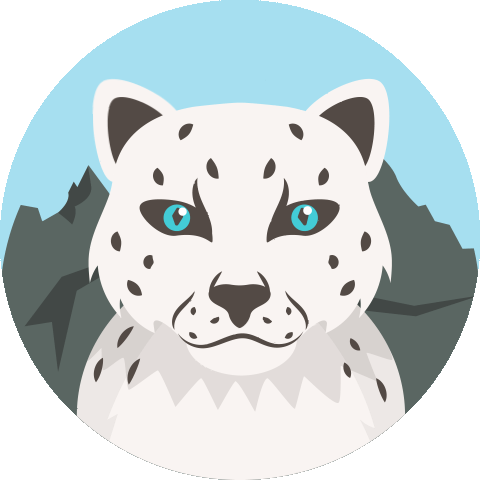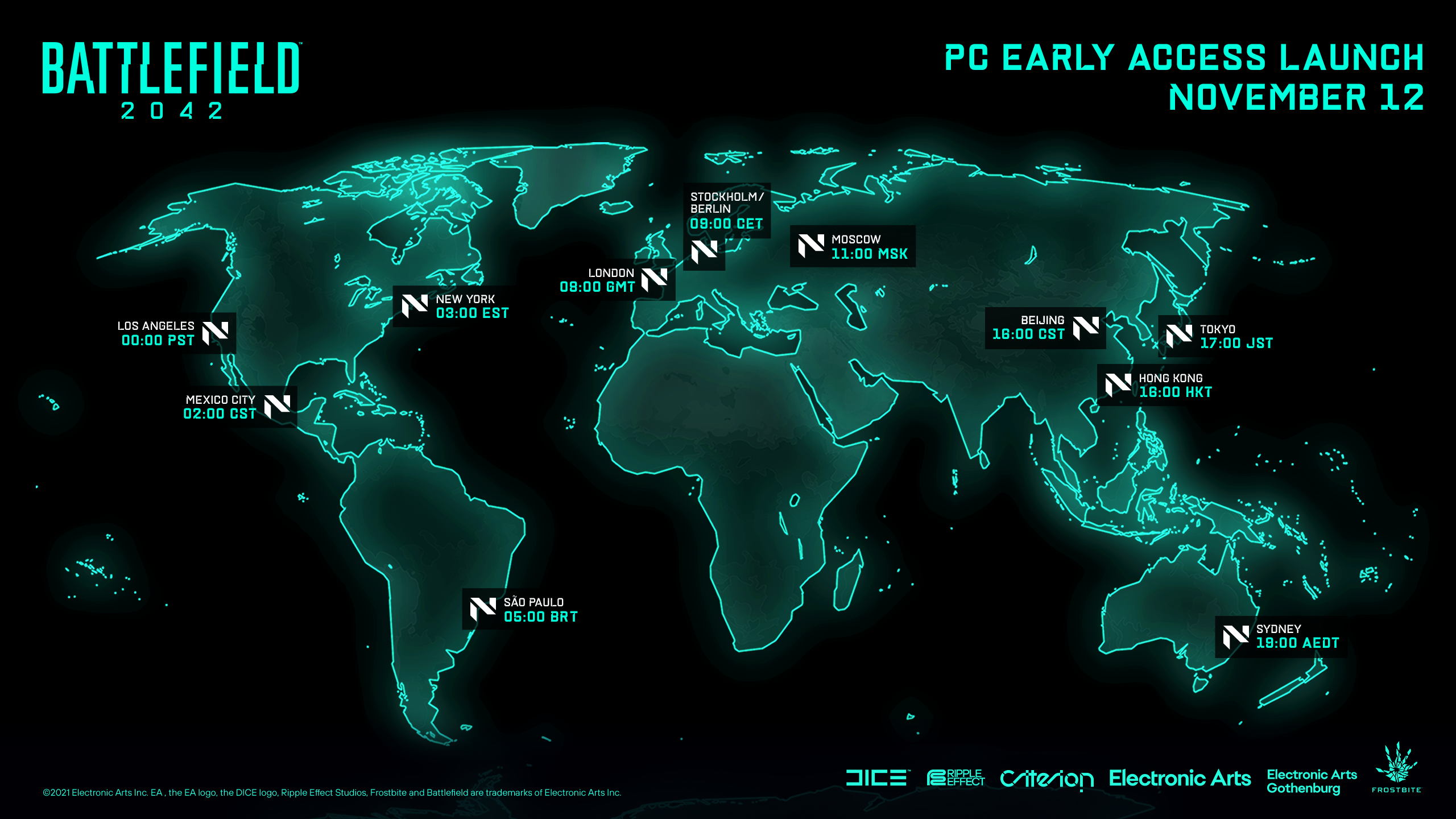
Nov 10, 2021
Steam Deck Deposit - Lawrence
The launch of Steam Deck will be delayed by two months. We’re sorry about this—we did our best to work around the global supply chain issues, but due to material shortages, components aren’t reaching our manufacturing facilities in time for us to meet our initial launch dates.
Based on our updated build estimates, Steam Deck will start shipping to customers February 2022. This will be the new start date of the reservation queue—all reservation holders keep their place in line but dates will shift back accordingly. Reservation date estimates will be updated shortly after this announcement.
Again, we’re sorry we won’t be able to make our original ship date. We’ll continue working to improve reservation dates based on the new timeline, and will keep folks updated as we go.
To view your updated expected order availability and FAQ, please visit https://store.steampowered.com/steamdeck.
Based on our updated build estimates, Steam Deck will start shipping to customers February 2022. This will be the new start date of the reservation queue—all reservation holders keep their place in line but dates will shift back accordingly. Reservation date estimates will be updated shortly after this announcement.
Again, we’re sorry we won’t be able to make our original ship date. We’ll continue working to improve reservation dates based on the new timeline, and will keep folks updated as we go.
To view your updated expected order availability and FAQ, please visit https://store.steampowered.com/steamdeck.



















